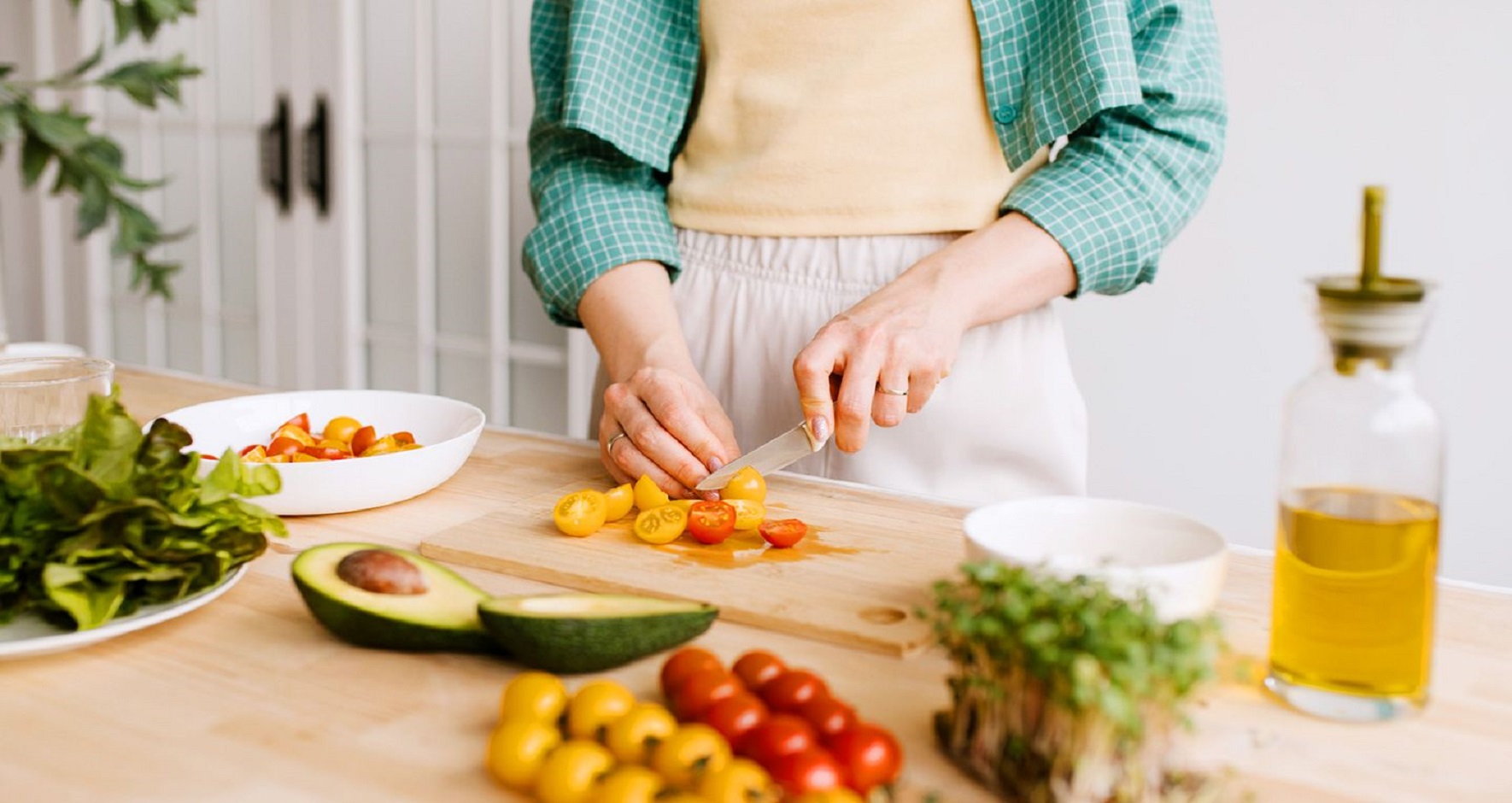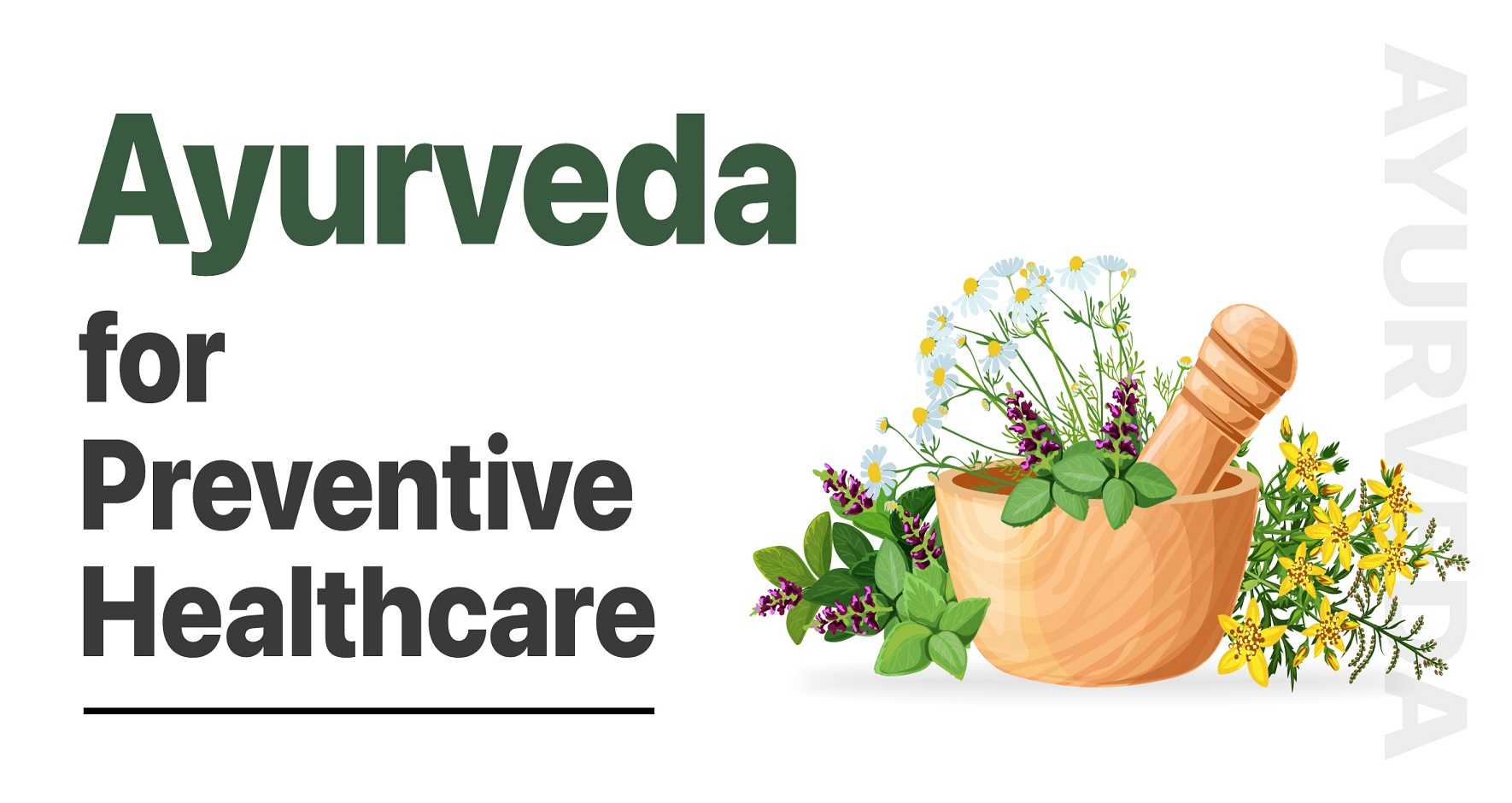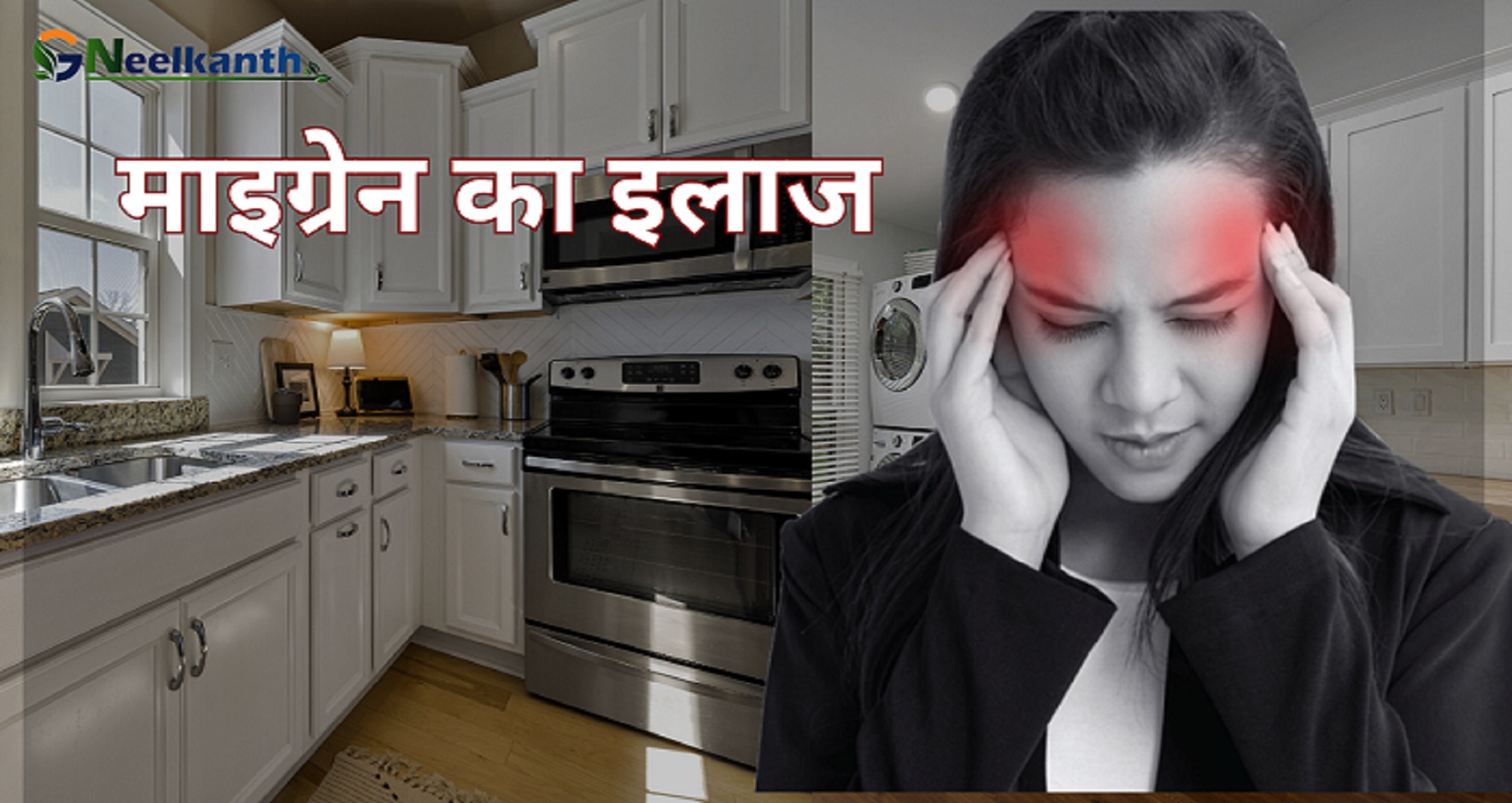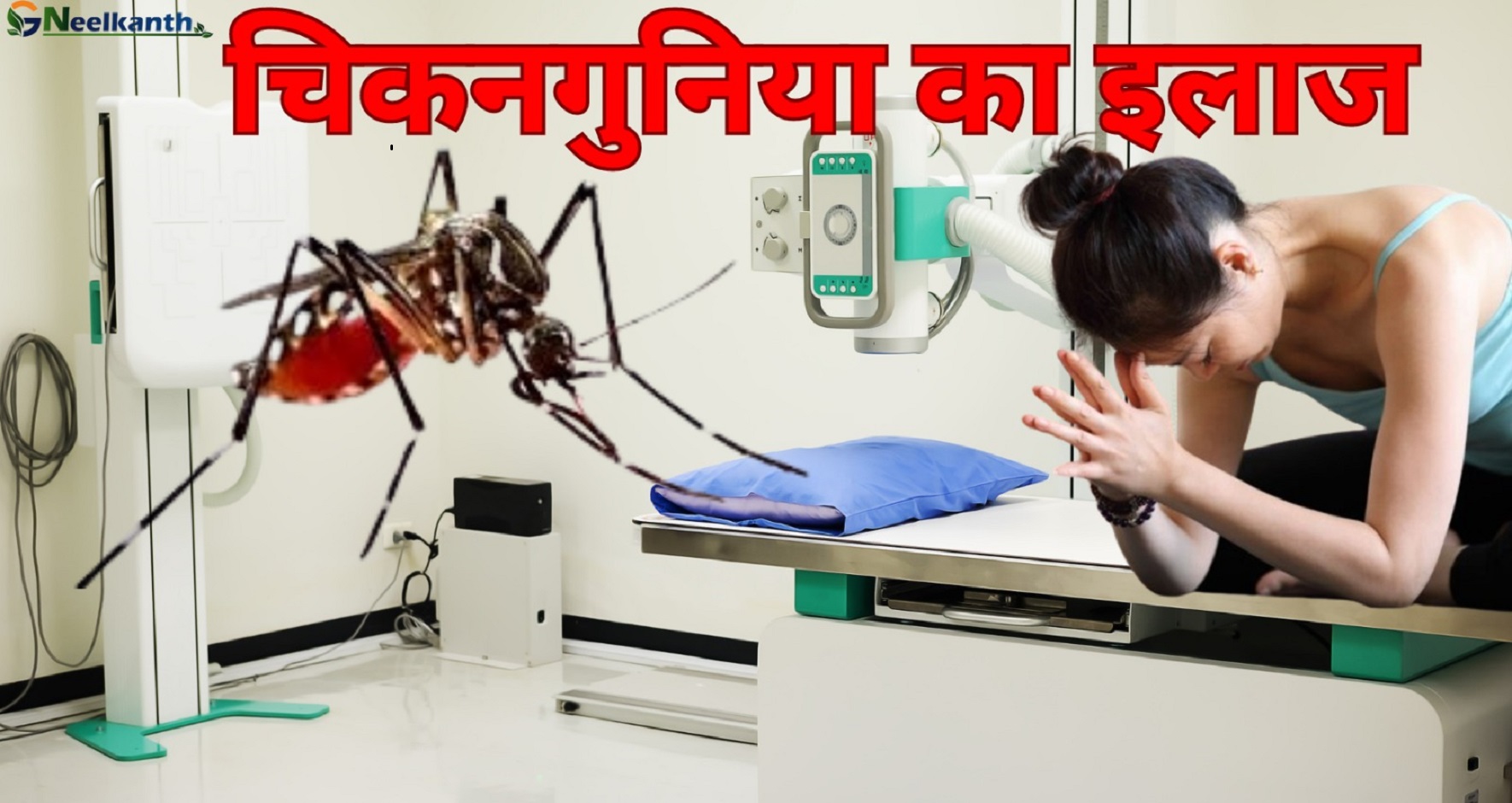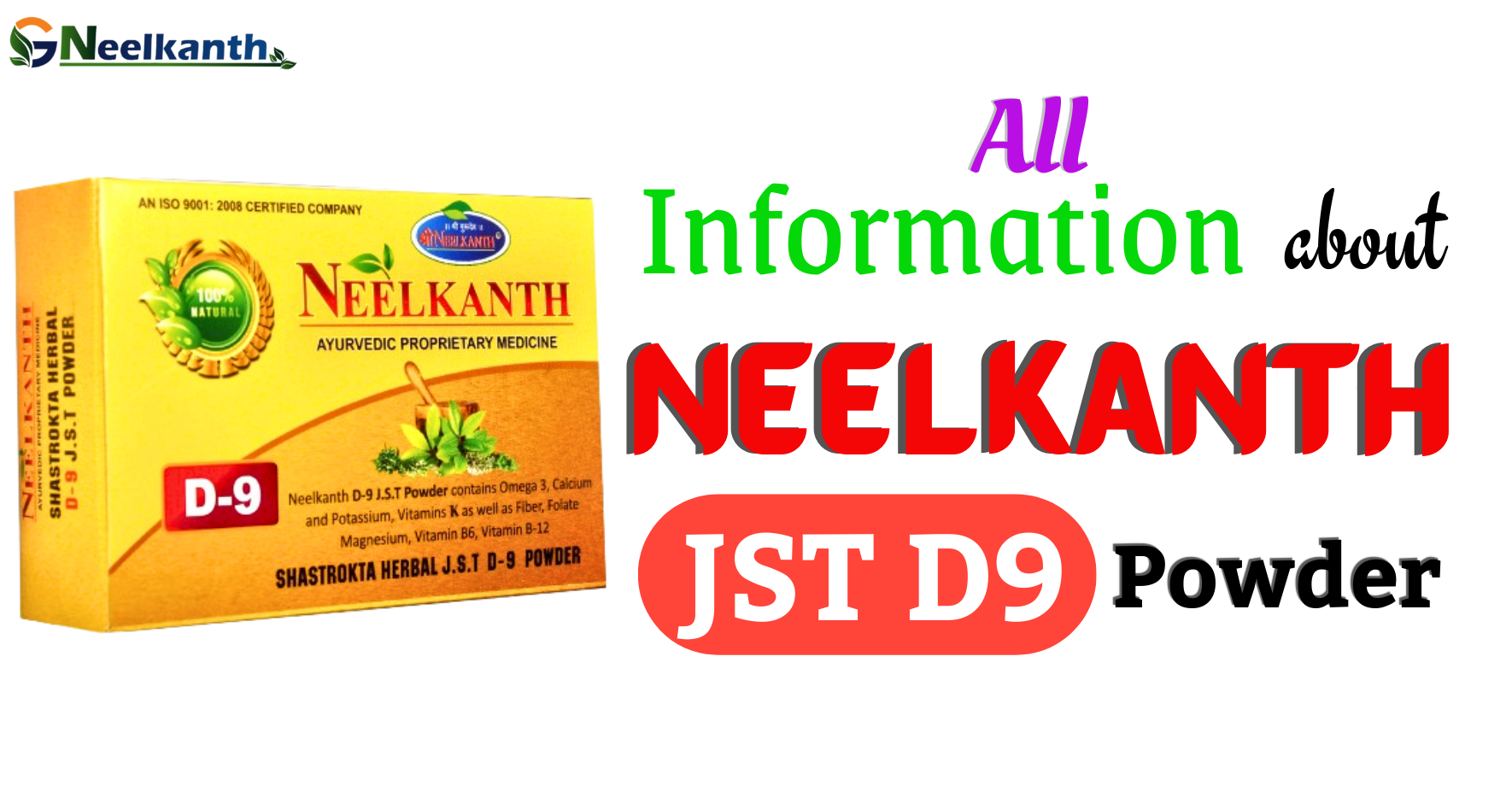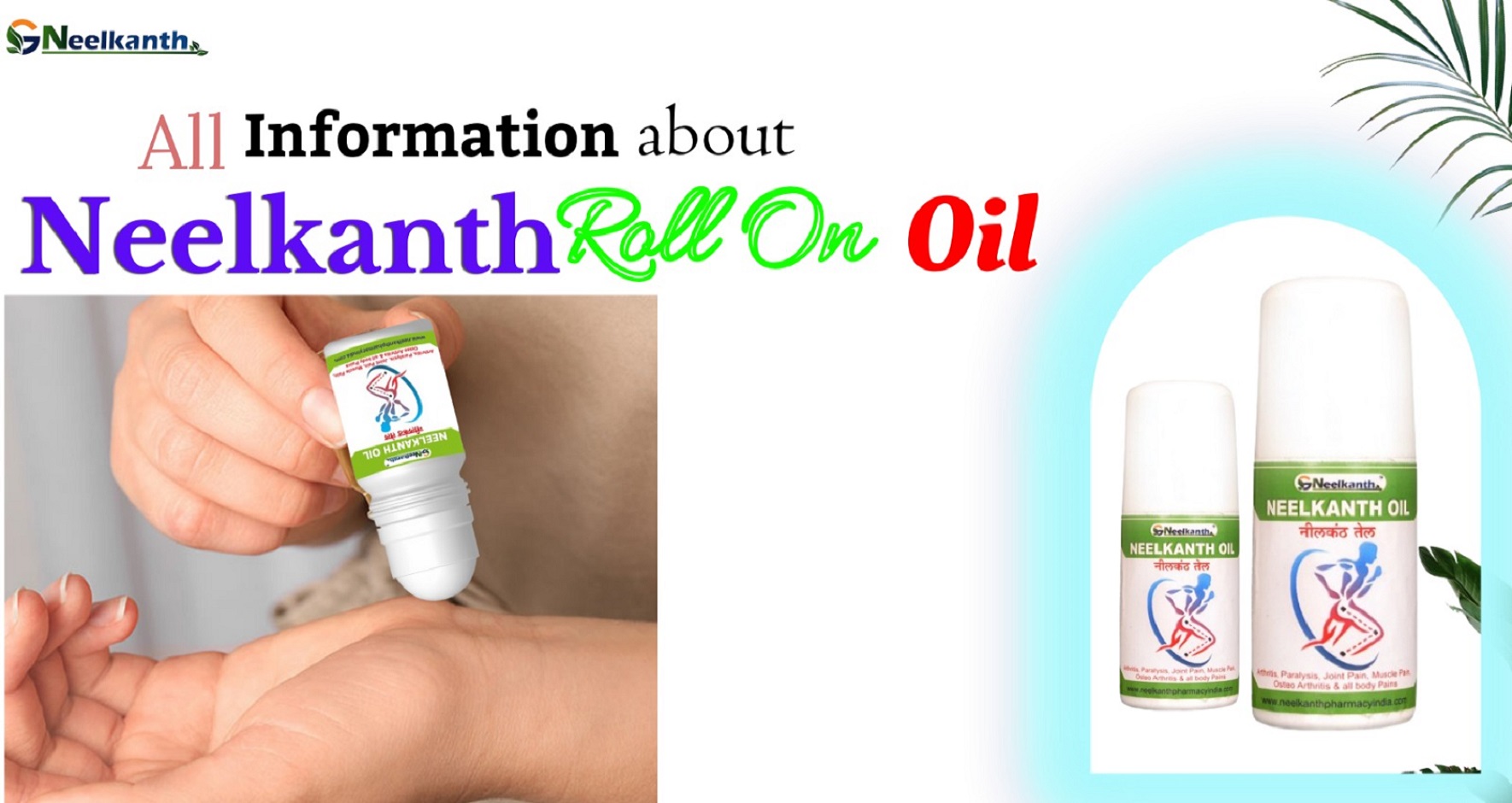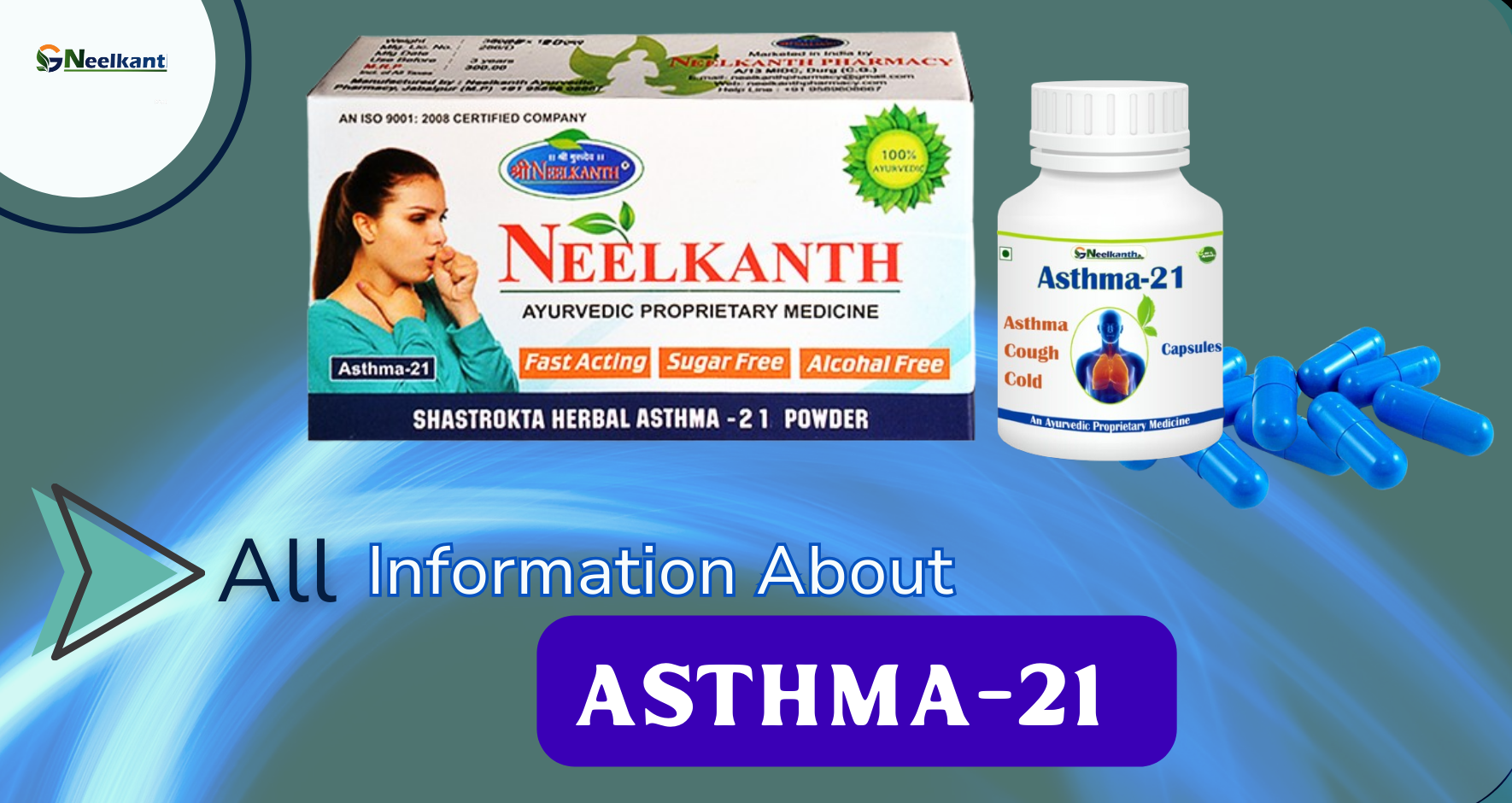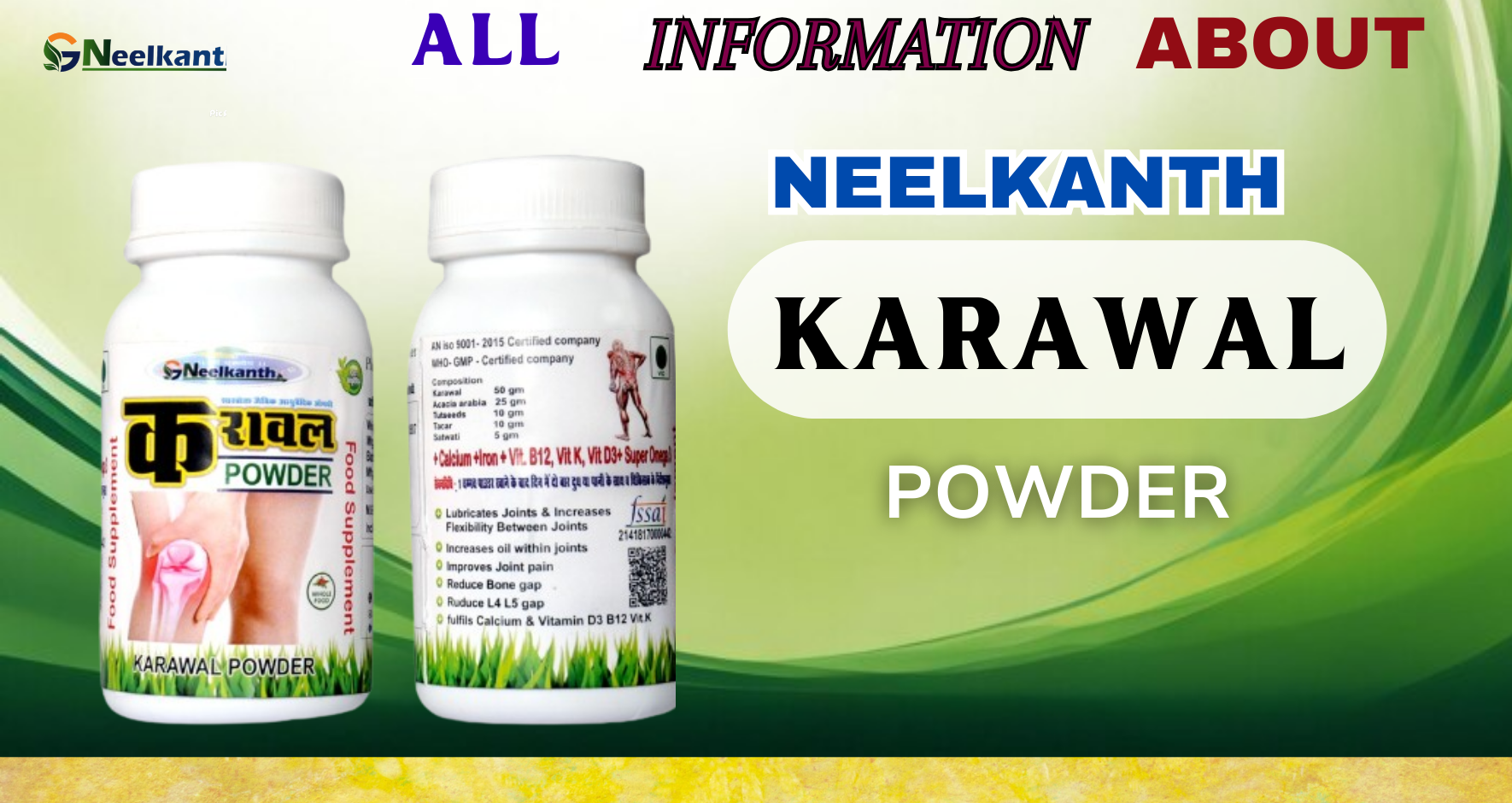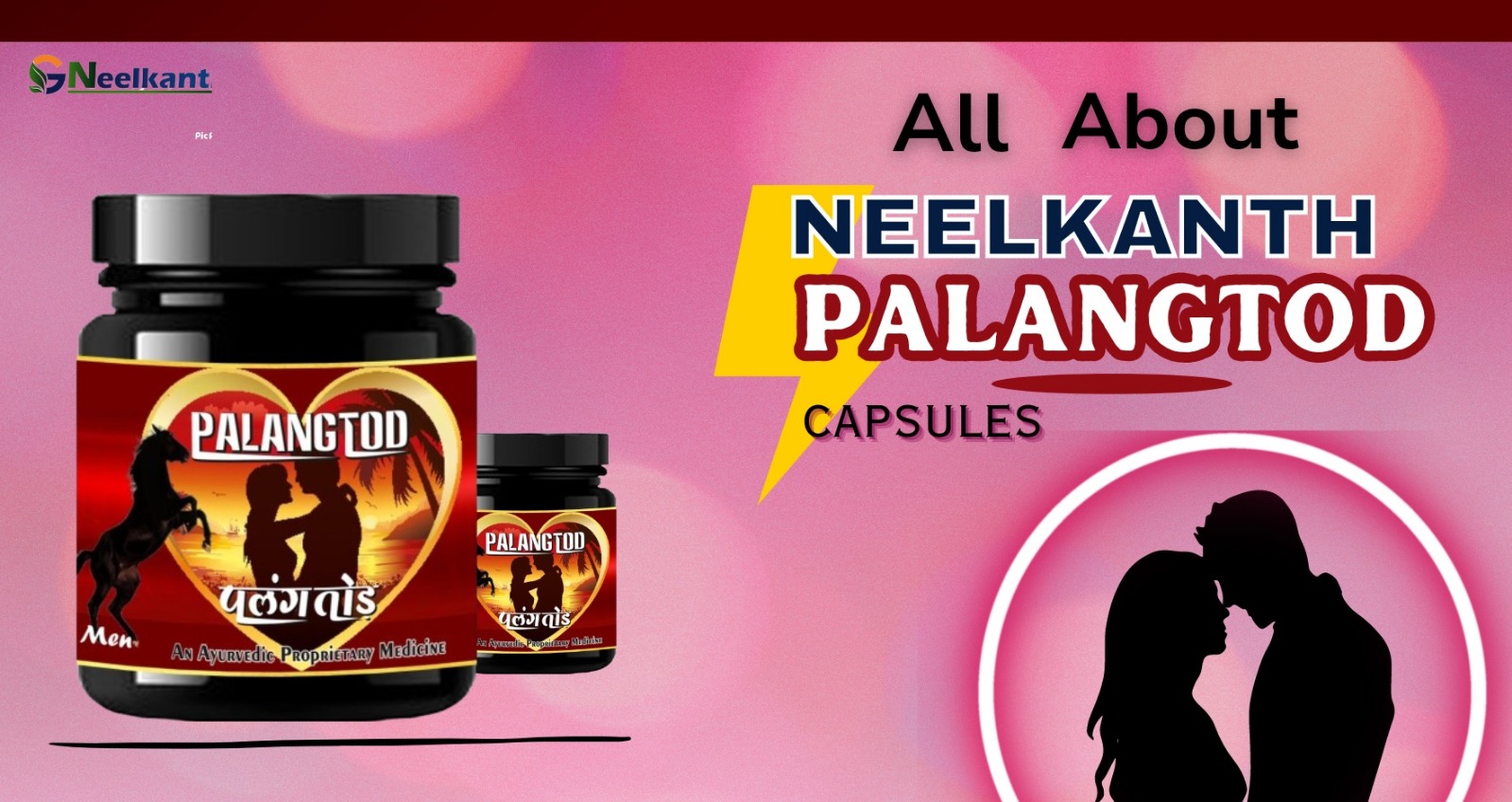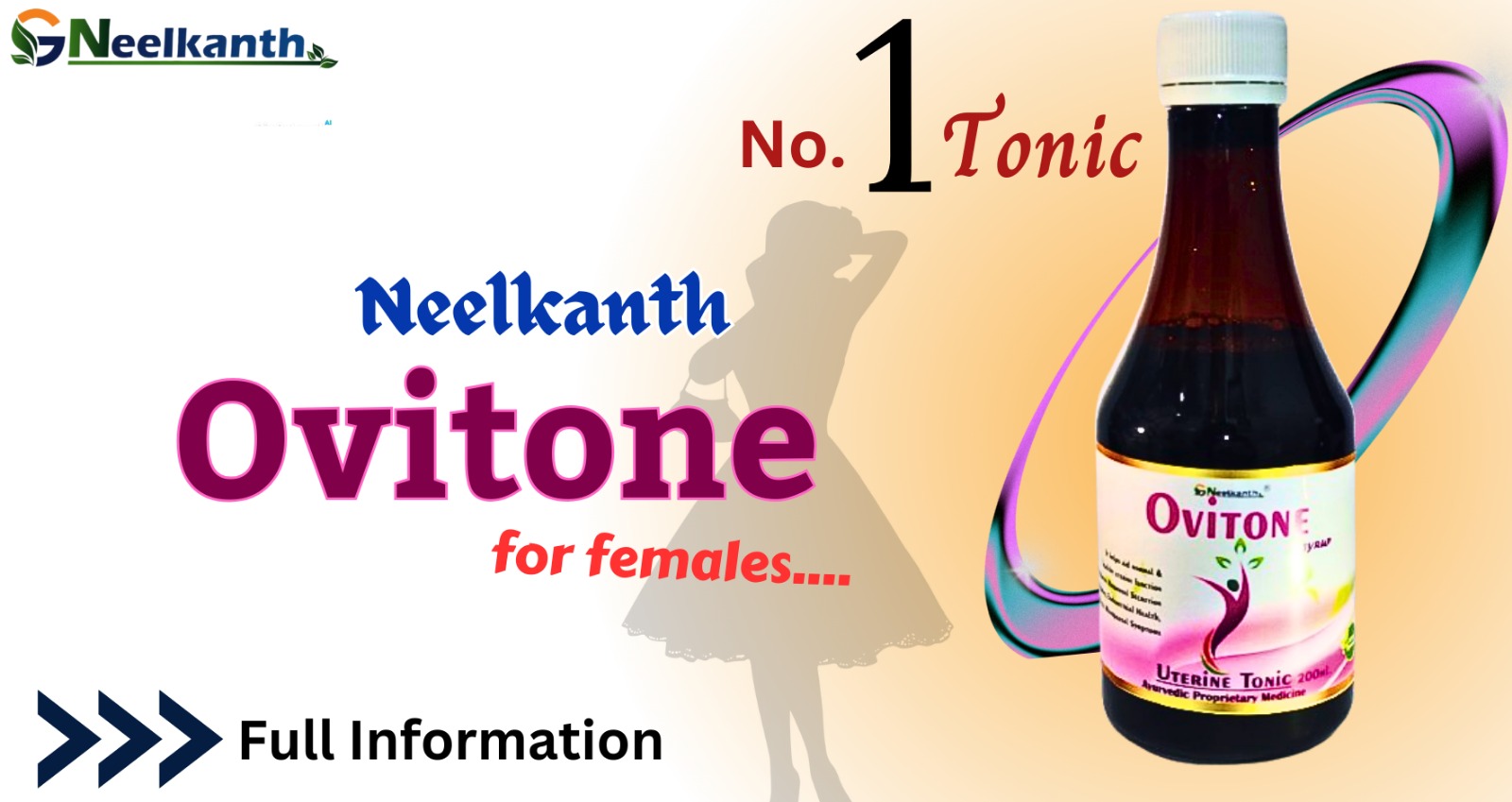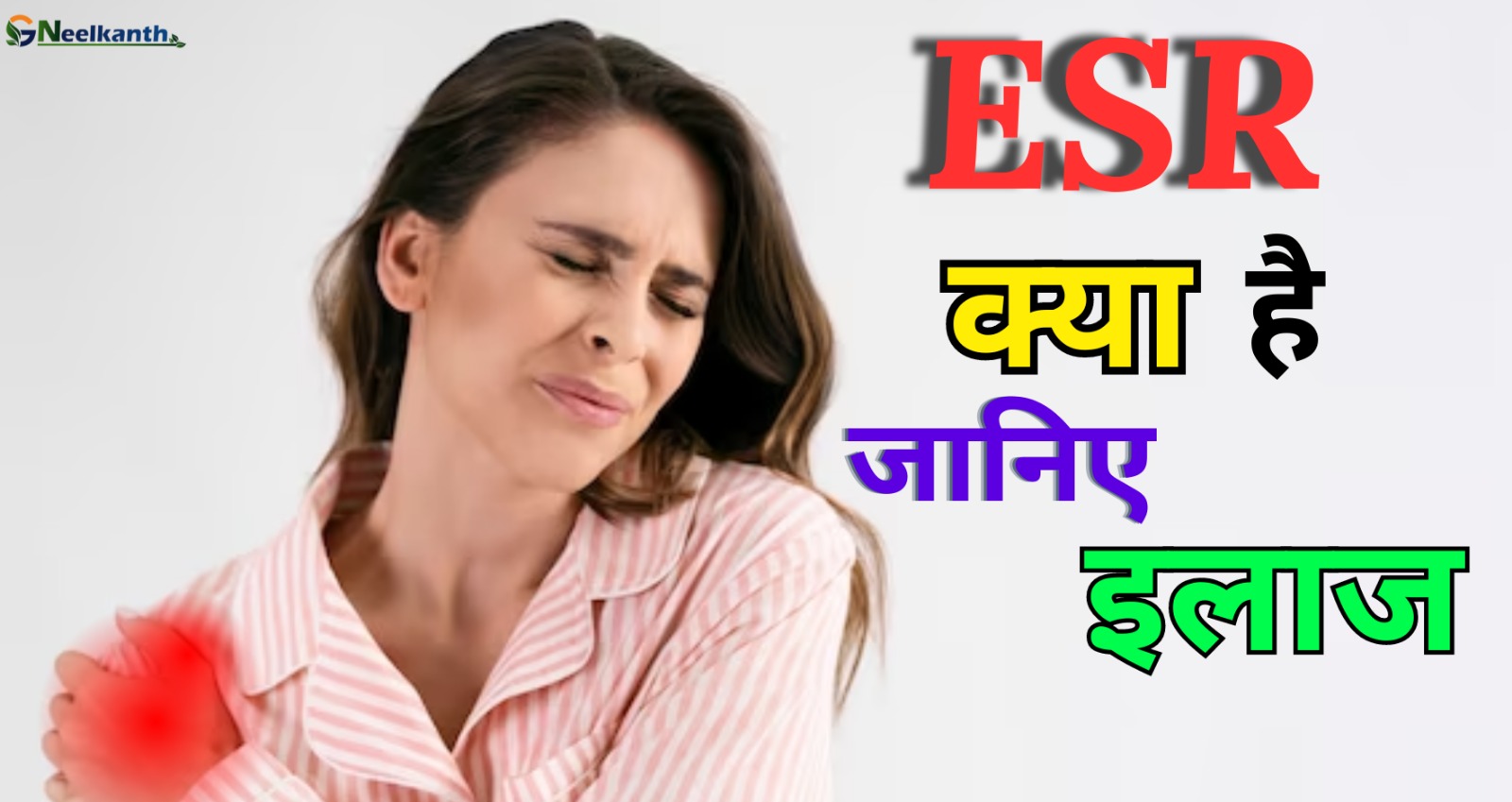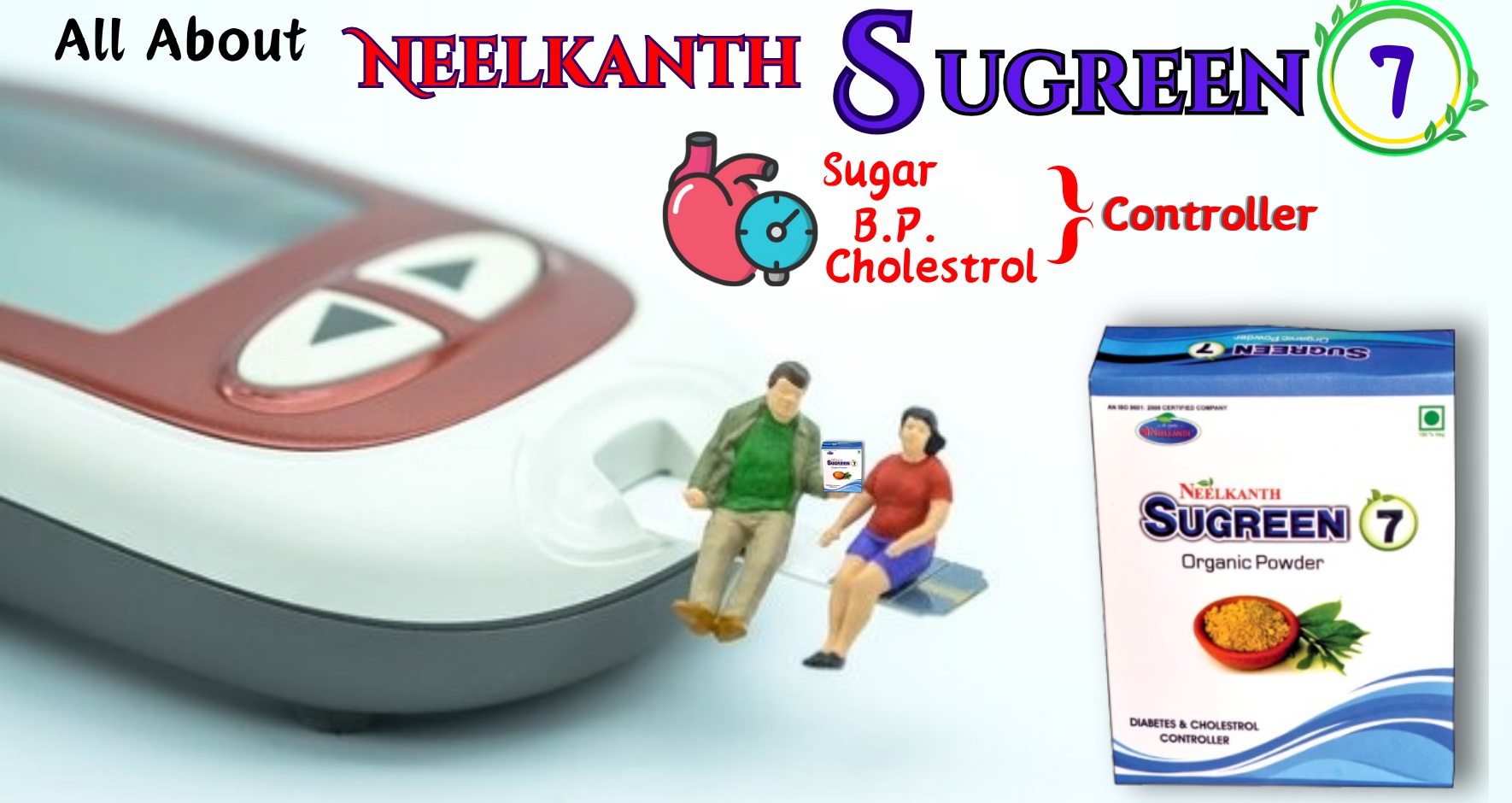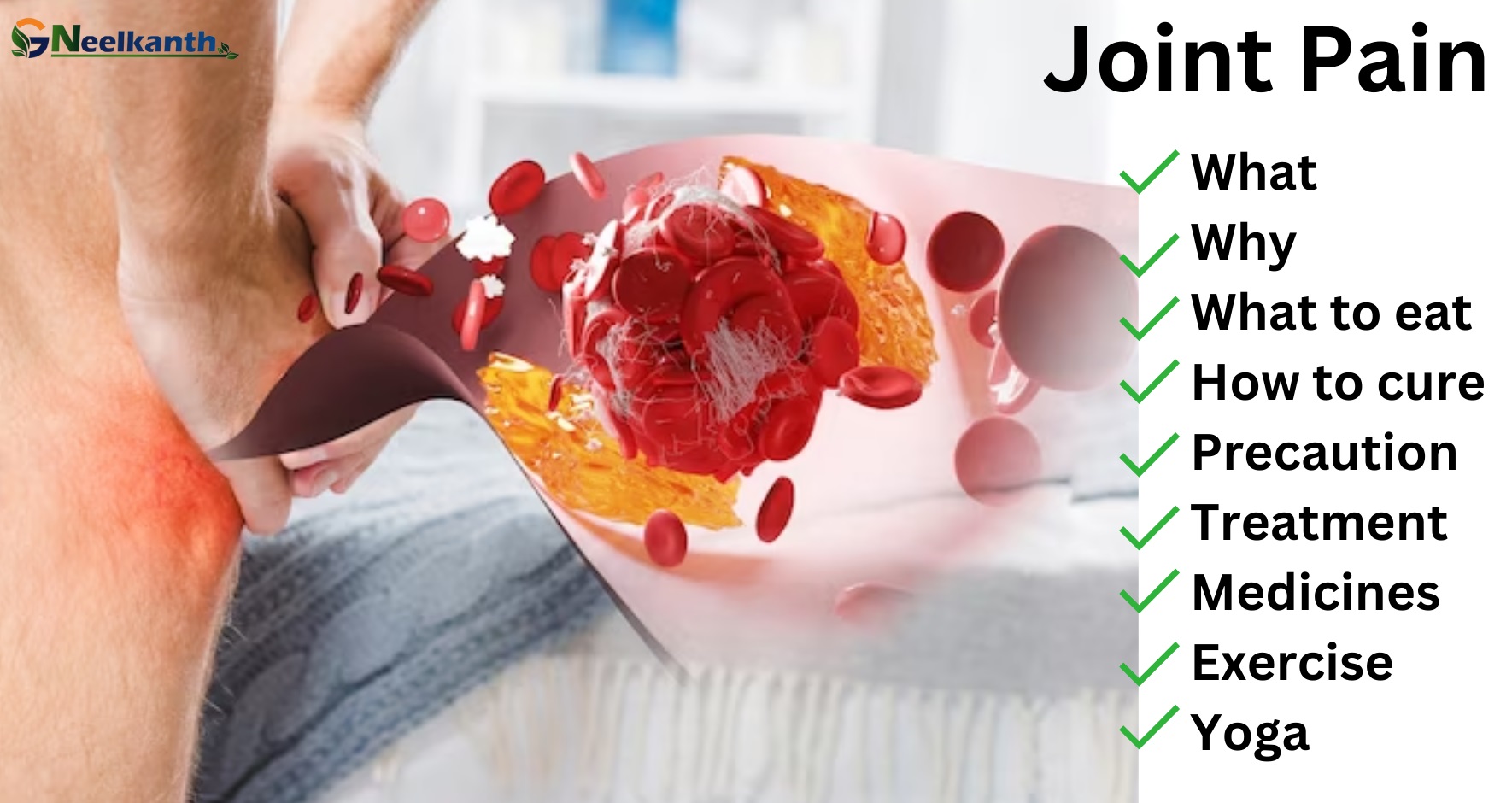
Joint Pain |Slipdisc Medicine
Before we learn about the different causes of
joint pain, let us understand what joint pain means?
Joints are parts of your body where two bones
meet. It is because of the anatomy of the joints in the skeletal system that
you are able to move your body. There are four main types of joints:
• Knee
joint: The knee joint is formed where the femur (thigh bone) and tibia (large
shin bone) meet on both legs.
• Hip
joint: This ball-and-socket synovial joint forms where the pelvic acetabulum or
hip bone meets the head of the femur. It is designed to provide stability and
support the weight of the upper body.
• Shoulder
joint: This is also a ball-and-socket joint where the head of the humerus fits
into the socket of the scapula.
• Elbow
joint: It is a synovial hinge joint formed by the distal end of the humerus
bone and the proximal ends of the ulna and radius of the forearm.
Discomfort, pain or soreness felt in the joints
is called joint pain, which is medically known as arthralgia. Joint pain is
most often the result of an underlying health condition that restricts your
range of movement. Your bone and joint pain can vary from mild to debilitating.
Mostly, the severity of joint pain depends on your age.
Many conditions and factors can cause a person
to experience joint pain. If a person has pain in multiple joints, it is known
as polyarthralgia. Usually, joint pain is the result of injury, infection,
illness, or inflammation.
Below are some of the common causes of jointpain:
Injury:
Injury is a common cause of joint pain.
Injuries can result from the excessive use or effort of the joints or from an
impact that causes a fracture, sprain, or strain.
For example, a common knee injury is damage to
the anterior cruciate ligament (ACL)Trusted Source. People who play certain
sports, such as soccer, basketball, or football, are more at risk of injuring
their ACL.
Viral infection:
Some infections may result in joint pain. For
example, the hepatitis C virus (HCV) can cause complications that result in
joint pain. It is common for people with HCV to have related rheumatic
diseases, which can cause problems, including pain in the joints.
Disease:
Some diseases can cause joint pain.
LupusTrusted Source is a chronic autoimmune disease, and common symptoms
include muscle and joint pain. In fact, joint pain is the first symptom for
more than half of those who develop lupus.
People develop lupus because their body’s
immune system becomes hyperactive and attacks normal, healthy tissue.
Arthritis:
Arthritis and arthralgia are very similar but
have key differences. Both describe joint pain, but arthralgia occurs without
the distinct inflammation in the joint that characterizes arthritis. Nearly
halfTrusted Source of adults with arthritis report persistent joint pain.
There are more than 100 different of arthritis,
including:
ü Osteoarthritis
(OA)
ü Rheumatoid
arthritis (RA)
ü Gout
ü
Septic arthritis
The cause of arthritis variesTrusted Source
among the different types :-
Osteoarthritis:
OA result from cartilage loss in the joints.
Calcification of the cartilage around the joints eventually makes the cartilage
thinner before damaging it. Older adults are more likely to develop OA.
Rheumatoid arthritis :
RA is an autoimmune response to a trigger. The
body tries to fight off what it thinks is an invader but instead degrades the
cartilage and bones in the joints.
Gout:
Gout occurs due to the crystallization of uric
acid in the body. Uric acid gets into the joint spaces, causing inflammation.
In most cases, septic arthritis results from a bacterial infection. Bacteria get into the synovial fluid in the joints, which eventually degrades the cartilage, leading to arthritis.
The following food are beneficial for joints
and also help in keeping them flexible:-
Olive oil/mustards oil- It's help in reducing
pain.
Salmon - Omega 3 fatty acid are found in
abundance in some types of fish. Their healthy fats prevent inflammation and
provide relief from joint stiffness.
Cherry - It provided relief from the symptom of
joint pain and also reduce the pain.
Green tea - It reduces joint swelling.
Other beneficial food for joint pain are onion ,cabbage ,capsicum, mushroom ,Kiwi ,papaya ,pineapple ,citrus fruit, Ginger etc..
What food should be avoid in joint pain ?
1. Inflammatory fats
Several
types of fat can increase inflammation in the body. A person with arthritis
should limit the following types:
Omega-6
fatty acids
Several
oils, such as corn, safflower, sunflower, and vegetable oils, contain high levels
of these acids. Omega-6 fatty acids are not harmful in moderation, but many
people consume a lot of them.
Saturated
fat
Brinjal , katthi dahi , udad dal , stale
food contain this type of fat. Saturated fat should
account for less than 10%Trusted
Source of total daily calorie intake for people ages 2 years and
older.
Trans fats
This type of
fat can be harmful because it reduces “good” cholesterol levels, increases
“bad” cholesterol levels, and increases inflammation.
2. Added sugar
That people
who drink regular sugar-sweetened soda have an increased risk of rheumatoid arthritis (RA).
Frequent consumption of sugar-sweetened beverages, inflammation, and other
chronic conditions.
Many foods
contain added sugars. Always check labels for information about how much added
sugar a product contains.
Foods and
drinks that may add a lot of sugar to a person’s diet include:
cakes
pastries
cookies
jams and
other sweet spreads
white bread
soft drinks
fruit juice
some types
of alcohol, such as beer and cider
condiments such as ketchup, relish, and barbecue
sauce
3. High salt foods
Excessive
intake of salt, or sodium, may increase a person’s
risk of developing autoimmune diseases such as RA.
High sodium
foods that a person may wish to avoid include:
pizza
burgers
fast food
tacos and burritos
deli meat
sandwiches
chips and
other savory snacks
Avoiding
packaged foods and cooking with fresh ingredients may also help reduce a
person’s sodium intake.
4. Nightshades
Nightshades
are vegetables that contain the compound solanine.
solanine-containing
vegetables may interfere with the gut microbiota and indirectly increase inflammation.
Nightshade
vegetables include:
tomatoes
bell peppers
chili
peppers
eggplant
potatoes
5. Foods high in purines
For people
with gout, a doctor may advise a low purine diet in addition to medications.
Purines are
substances in foods that the body converts to uric acid. Uric acid can build up
in the bloodstream, causing a gout attack.The following foods and drinks are
high in purines:
organ meats,
such as liver
red meat
some
seafood, including:
anchovies
mussels
sardines
scallops
trout
tuna
beer and
other alcohol
6. Advanced glycation end
(AGE) products
AGE products
are inflammatory compounds that can build up in tissues, particularly as people
age. People with conditions such as RA often have increased AGE levels. Lowering AGE levels may help reduce
inflammation.
Fat and
sugar both increase AGE levels in the body, and some food processing methods
and high temperature cooking increase the AGE levels in foods.
fried bacon
roasted
poultry skin
pizza
some
cheeses, such as Parmesan and cream cheese
salty snacks
such as potato chips and crackers
butter and
margarine
7. Refined carbohydrates
Diets high
in refined carbohydrates may increase inflammation in people with arthritis.
Refined carbohydrate consumption can also increase insulin resistance and
has an association with
a higher risk of obesity. Both of these are risk factors for arthritis.
Refined
carbohydrates include added sugars and grains that undergo additional
processing, which removes fiber and nutrients. Examples of foods high in
refined grains include:
white bread
many baked
goods
desserts
All information about Neelkanth JST D-9 Powder
Neelkanth JST D9 targets knee pain,joint
pain,neck-back pain,cervical,sciatica,paralysis,Arthritis,
muscle pain,swelling,heelpain,varicose vein,gathiyavat.
Neelkanth JST D-9
Targets :-
ü Joint Pain
ü Arthritis
ü Back Pain
ü Cervical
ü Rheumatoid arthritis (RA)
ü Osteoarthritis (OA)
ü Varicose Vein
ü Neck Pain
D-9 has Power of :
1.AKARKARA
The abundance of anti-inflammatory and
anti-arthritic properties of Akarkara makes it the ultimate choice for
providing relief from pain and inflammation due to arthritis.
Being a natural vasodilator, it is also used to treat painful muscle spasms,
sore muscles, arthritic conditions, and other inflammatory situations.
2.NIRGUNDI
Nirgundi
helps well to provide relief in any kind of pain. It reduces pain and
inflammation of the muscles and the joints caused by any injury. Helps to
heal fractures too. Minor. Nirgundi is known to help reduce excessive pain and
swelling. It has mighty anti-inflammatory and anti-oxidant
properties that help in joint pain.
3.SHILAJIT
Shilajit has analgesic and
anti-inflammatory effects and is thus useful for different painful conditions
of the body. Shilajit is also found to be very beneficial in rheumatoid
arthritis, osteoarthritis, and gout it nourishes
the joints and reduces the inflammation and pain.
4.ASHWAGANDHA
Ashwagandha has
anti-inflammatory, anti-arthritic, pain-relieving, and anti-stress properties which
can reduce pain and swelling. It may also help to reduce joint stiffness and
improve mobility. Additionally, ashwagandha is an antioxidant, which means it
may help to protect the joints from further damage. Ashwagandha is beneficial in
reducing pain in osteoarthritis.
5.SWARNA BHASMA
Its antitoxin properties intensify and neutralize body functioning. The anti-inflammatory substance present in it acts as a pain reliever Swarna bhasma improves muscle strength and helps in all diseases like muscular dystrophy. Swarna bhasma is thought to have opioid-like action which reduces pain.This can provide relief from swelling, stiffness, and discomfort associated with joint pain condition
6. SWARNA MASHIK BHASMA
Swarna Makshik Bhasma is also believed to have anti-inflammatory properties, which can help
to reduce inflammation and pain throughout the body. This makes it an effective treatment for conditions such as arthritis,
back pain, and other types of chronic pain.
6.HAJOD
Hadjod might help manage the
symptoms of Rheumatoid Arthritis due to its antioxidant
and anti-inflammatory properties. Certain constituents present in Hadjod inhibit the activity of an
inflammatory protein that leads to reduction in joint pain and inflammation
associated with arthritis.
SPEACIAL
FEATURES:
·
Works on jointpain ,kneepain,cervical pain, neck pain,
shoulder pain, back pain ,muscular dystrophy.
·
Cures paralysis.
·
Reduce varicose veins.
·
Improves joint flexibility and mobility.
·
Reduces
inflammation.
·
Works on swelling disorder.
·
Reduce muscle pain and muscle stiffness and muscles
soreness.
·
Natural pain relief treatment that reduces pain naturally.
·
Forms lubrication oil, helps lubrication of joints .
·
Reduce bone pain ,fight osteoarthritis.
·
Make Bones healthy by fulfilling calcium requirement.
Storage:
Store
Neelkanth JST D-9 powder in a cool, dry place away
from direct sunlight.
Shelf
Life: The shelf life of NeelkanthJST D-9 powder is 3 years from the date of
manufacturing.
Neelkanth JST D-9 Side Effects:
There are no noted
side effects but it is advised to be taken only in the prescribed doses and
under medical supervision only.
Where
can you buy:
Neelkanth JST D-9 Powder Price is quite reasonable. You can purchase
Neelkanth Karawal online here at www.neelkanthpharmacy.com . The product is available on retail sites like
Amazon, Flipkart and 1mg. If you want to buy it over the counter, you should
visit your nearest Ayurvedic store.
HOW TO TAKE NEELAKNTH JST D-9POWDER
One
Sachet in morning empty stomach
AND
one sachet at
night after dinner.
Why Choose NEELKANTH JST D-9 ???
· Easy to carry
and store.
· NeelkanthJST D-9 Powder is certified from Ayush, ISO, GMP.
· It is made
with 100 % ayurvedic and organic herbs.
· It contains
no harmful chemicals.
· It has no
side effects.
· It is
cruelty free.
· It has no
added color.
· It has no
added preservative.
MANUFACTURED BY:
Neelkanth Pharmacy India Pvt Ltd
7089570896

